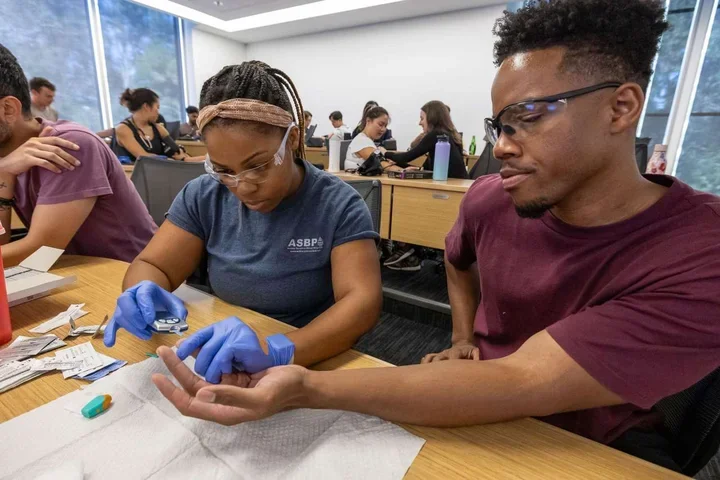Vaginal birth may be safer for pregnant women with kidney and liver transplants

New research suggests that cesarean births for transplant patients carry higher risks to baby and mother.
New research suggests that a planned cesarean birth might not be the safest mode of delivery for women who have undergone transplantation.
Cesarean birth rates are on the rise, and this is especially true for high-risk pregnant women who have undergone organ transplantation. While cesarean births account for 31% of all deliveries in the United States, the rate of cesarean births for pregnant people with kidney transplants is 62.6% and 44.6% for liver transplants.
Despite the high incidence of cesarean births, new research suggests that a planned cesarean birth might not be the safest mode of delivery for women who have undergone transplantation.
A UCLA-led study published Oct. 4 in JAMA Network found that pregnant people with kidney or liver transplantation can undergo a trial of labor (vaginal birth) without any increased risk to them, their transplant or to their baby.
The study included 1,865 pregnant women ages 18-48 over the course of five decades. In the study cohort, 1,435 women received kidney transplants and 430 received liver transplants. Of the trial of labor deliveries, 73% ended in a vaginal birth.
The study found that women who had vaginal births experienced improved outcomes for the baby without increased risk to the mother’s health. But risk factors for cesarean birth after labor were significant, especially among kidney transplant recipients. Their risk of placental abruption was 13 times greater and they were five times more likely to have pregestational diabetes.
“A trial of labor in transplant recipients has been viewed as a higher-risk pregnancy and this has historically led providers to opt for a scheduled cesarean birth,” said Yalda Afshar, MD, PhD, assistant professor of obstetrics and gynecology at the David Geffen School of Medicine at UCLA and senior author of the study. “But now we have more evidence that suggests there is no need for this continued practice as trial of labor births is safe for pregnant transplant recipients.”
The research also shows that babies fared better in trial of labor deliveries. Neonatal morbidity, which is the risk of severe injury or death in the newborn period, occurred in only 6% to 10% of kidney and liver patients in trial of labor deliveries compared to up to 20% of cesarean births. Babies born after cesarean had more than double the risk of short- and long-term breathing problems, with some needing mechanical ventilation.
“One of the most striking findings was that even if a trial of labor ended up in a cesarean, these babies still did better than babies after a scheduled surgery. This tells us that women who undergo a transplant should consider trying for a vaginal birth after discussion of risks and benefits with their health care team,” said Ophelia Yin, MD, a chief resident in the obstetrics and gynecology department at the medical school and first author of the study.
The researchers say these findings provide evidence that can be used to counsel high-risk pregnant women who have undergone transplants.
Learn more about UCLA Health Obstetrics and Gynecology.



